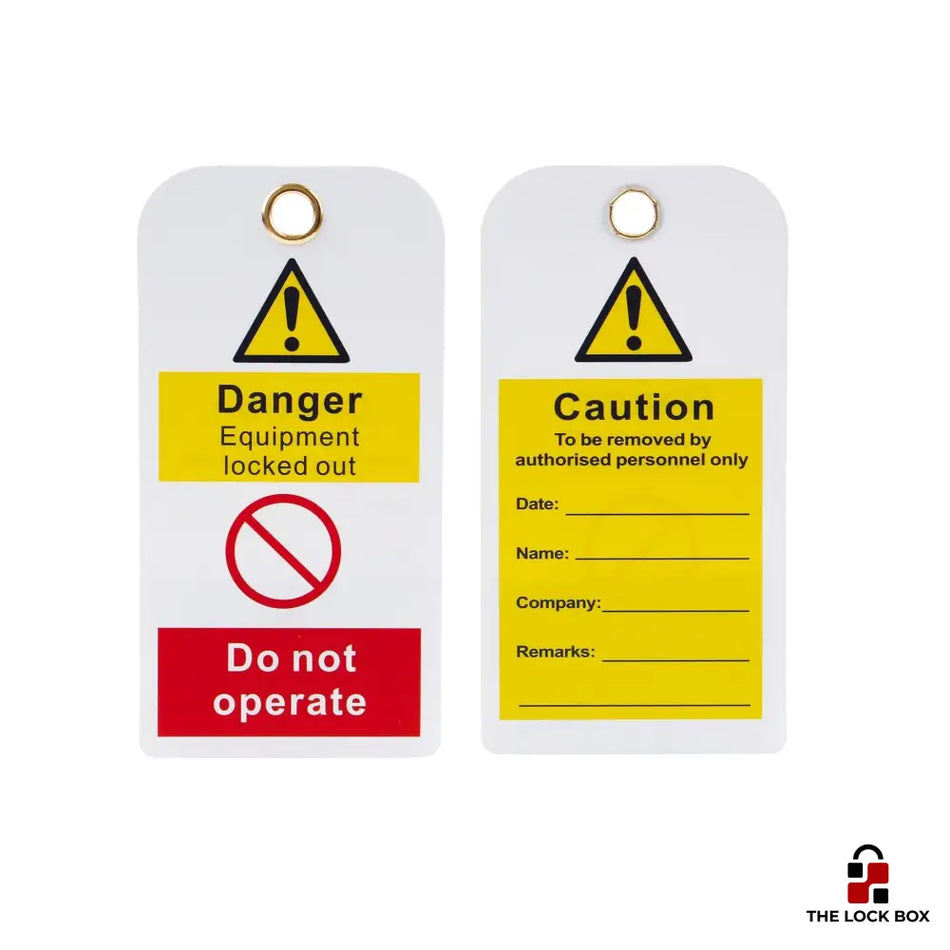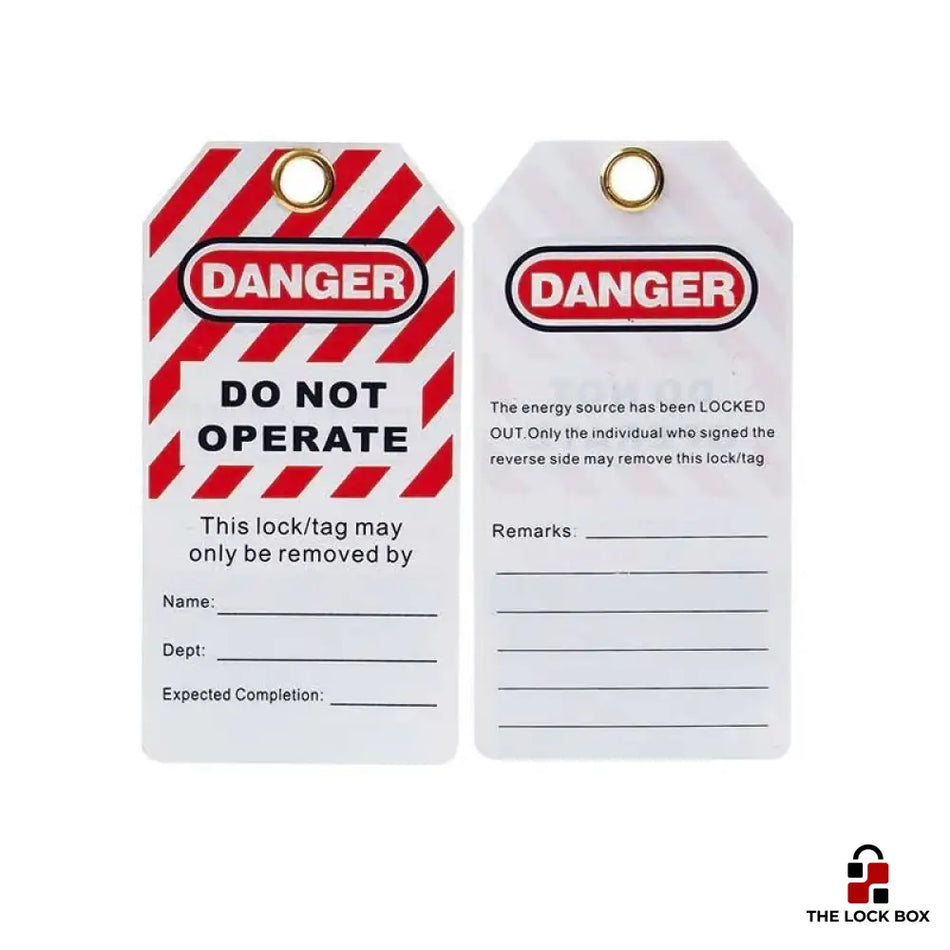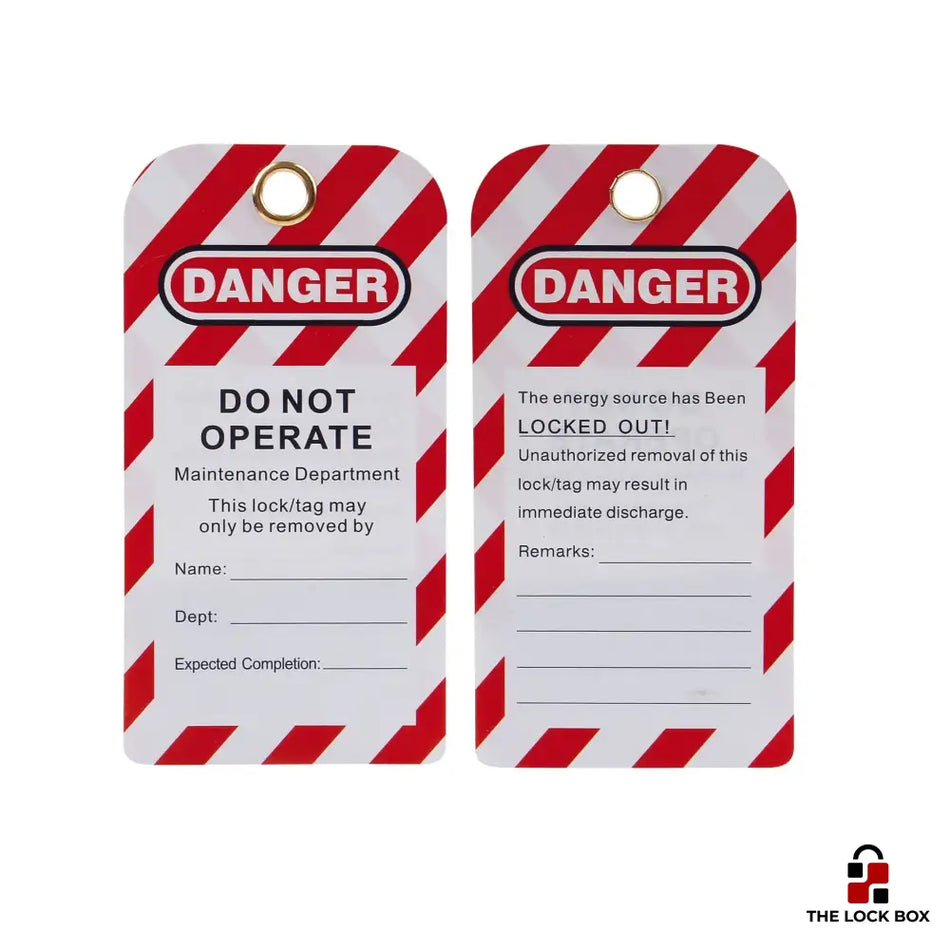In the rapidly evolving industrial landscape of 2024, ensuring workplace safety remains a top priority for organizations worldwide. Industrial plants, characterized by their complex machinery, hazardous materials, and demanding work environments, pose a myriad of risks to employees. Recognizing and mitigating these hazards is crucial for maintaining a safe and productive workplace. This blog aims to explore the common hazards present in industrial plants, detailing how these hazards are identified, the importance of categorizing them, and the top ten industrial hazards that workers may encounter. By understanding these risks and implementing effective safety measures, industrial plants can significantly reduce the likelihood of accidents and injuries, fostering a culture of safety and compliance.
What is a Workplace Hazard?
A workplace hazard is any source of potential damage, harm, or adverse health effects on something or someone under certain conditions at work. Hazards can come in various forms, each posing different levels and types of risks to employees. The primary categories of workplace hazards include:
- Physical Hazards: These are environmental factors that can cause harm to a worker's body without necessarily touching it. Examples include excessive noise, extreme temperatures, radiation, and vibration.
- Chemical Hazards: These arise from exposure to harmful chemicals, which can be in the form of liquids, solids, gases, vapors, or fumes. Common examples include solvents, acids, pesticides, and heavy metals. Chemical hazards can lead to health issues such as respiratory problems, skin irritation, and even chronic diseases like cancer.
- Biological Hazards: These involve exposure to harmful biological agents such as bacteria, viruses, fungi, and other microorganisms. Workers in healthcare, laboratories, and agricultural settings are often at higher risk of biological hazards, which can lead to infections and allergic reactions.
- Ergonomic Hazards: These occur when the type of work, body position, and working conditions put a strain on the body. Poor ergonomic practices can result in musculoskeletal disorders such as carpal tunnel syndrome, back pain, and tendonitis. Repetitive movements, improper workstation setup, and manual handling of heavy loads are common ergonomic hazards.
- Psychosocial Hazards: These are related to the psychological and social aspects of the workplace. Stress, workplace violence, harassment, and burnout are examples of psychosocial hazards. They can significantly affect an employee's mental health and overall well-being, leading to decreased productivity and increased absenteeism.
How are Hazards Identified in the Plant?
Hazards in industrial plants are identified through systematic processes, which include:
- Workplace Inspections: Regular and thorough inspections of the workplace help in identifying potential hazards. These inspections involve checking equipment, tools, and work areas for any signs of potential danger. Using checklists can ensure that all areas are covered, and potential issues are documented for corrective action.
- Risk Assessments: Conducting detailed risk assessments to evaluate the likelihood and severity of potential hazards is crucial. This process involves identifying hazards, determining who might be harmed and how, evaluating the risks, and deciding on control measures. Risk assessments should be reviewed regularly and updated whenever there are changes in the workplace.
- Employee Reports: Encouraging employees to report hazards or unsafe conditions they encounter is vital. Employees are often the first to notice potential hazards, and their input is invaluable. Establishing a clear and simple reporting process ensures that all hazards are reported and addressed promptly.
- Safety Audits: Periodic safety audits by internal or external experts evaluate safety measures and compliance. These audits involve a comprehensive review of the workplace's safety systems, policies, and procedures. The findings from safety audits provide insights into areas needing improvement and ensure that safety standards are being met.
- Incident Investigations: Analyzing past incidents and near-misses to identify root causes and prevent recurrence is essential. Incident investigations involve looking into the details of what happened, why it happened, and how it can be prevented in the future. This process helps in identifying weaknesses in the current safety system and implementing corrective actions.
Why It Is Important to Identify and Categorize Hazards?
Identifying and categorizing hazards is crucial for several reasons:
- Preventing Accidents and Injuries: Early identification of hazards allows for proactive measures to prevent accidents and injuries. By recognizing potential dangers, employers can implement controls and safety measures to mitigate risks, ensuring a safer work environment for all employees.
- Compliance: Ensuring compliance with safety regulations and standards helps avoid legal penalties and fines. Regulatory bodies set safety standards that organizations must adhere to. Non-compliance can result in significant legal and financial repercussions, as well as damage to the company's reputation.
- Enhancing Productivity: A safe work environment boosts employee morale and productivity. When employees feel safe, they are more likely to be engaged and focused on their work, leading to higher efficiency and output. Reducing workplace hazards also minimizes disruptions caused by accidents and injuries.
- Reducing Costs: Preventing accidents reduces costs related to medical expenses, compensation claims, and downtime. Workplace accidents can be costly for businesses, not only in terms of direct expenses but also due to lost productivity and potential legal costs. By proactively managing hazards, companies can save money and maintain smooth operations.
Top 10 Industrial Hazards
Slip, Trips, and Falls
Slips, trips, and falls are among the most common workplace accidents, often caused by wet or uneven surfaces, poor lighting, and obstructions. These incidents can result in various injuries, from minor bruises to severe fractures.
Electrical Hazards
Electrical hazards pose a serious threat in industrial settings, leading to shocks, burns, and even fatal electrocutions. These hazards often arise from faulty wiring, exposed electrical parts, and improper use of electrical equipment.
Fire Hazards/Hot Works
Fire hazards can originate from flammable materials, hot works like welding, and faulty electrical equipment. These hazards not only pose a risk of burns and injuries but can also cause significant property damage.
Confined Space Work
Confined spaces pose unique hazards such as limited entry/exit, poor ventilation, and the presence of hazardous substances. These conditions can lead to suffocation, poisoning, and entrapment.
Working Alone
Employees working alone face increased risks, as they may not have immediate assistance in case of an emergency. This is particularly concerning in high-risk areas such as maintenance and inspection tasks.
Maintenance of Equipment
Improper maintenance can lead to equipment failures and malfunctions, posing significant hazards to workers. Maintenance tasks themselves can also expose workers to various risks.
Physical Hazards in the Plant
Physical hazards include noise, vibration, and extreme temperatures, which can lead to hearing loss, circulatory problems, and heat-related illnesses, respectively.
Noise
Prolonged exposure to high noise levels can cause permanent hearing loss and other health issues such as stress and cardiovascular problems.
Chemical & Biological Hazards
Chemical hazards can arise from exposure to hazardous substances such as solvents, acids, and gases. Biological hazards include exposure to bacteria, viruses, and other pathogens.
Working at Heights
Falls from heights can result in serious injuries or fatalities. This hazard is prevalent in construction and maintenance tasks.
Best Work Practices to Maintain Industrial Workplace Safety
Comprehensive Training
Regular training sessions should be conducted to keep all employees updated on the latest safety regulations and procedures. This includes initial training for new hires and periodic refresher courses for existing employees. Training should cover the proper use of equipment, hazard recognition, emergency response, and the importance of adhering to safety protocols. Practical, hands-on training exercises, such as fire drills and evacuation simulations, can enhance understanding and preparedness. Ensuring that training materials are accessible and that language barriers are addressed is also crucial for comprehensive safety education.
Proper Use of Personal Protective Equipment (PPE)
Employers must ensure that appropriate PPE is available and that employees are trained on its correct use. This includes items such as helmets, gloves, goggles, earplugs, and respirators, depending on the specific hazards present in the workplace. Regular checks should be conducted to ensure PPE is in good condition and properly fitted. Employers should also educate employees on the limitations of PPE and the importance of using it in conjunction with other safety measures. Policies should be in place for the regular cleaning, maintenance, and replacement of PPE to ensure its effectiveness.
Regular Maintenance and Inspections
A proactive maintenance schedule should be implemented, outlining routine checks and servicing intervals for all machinery and equipment. Inspections should be thorough, covering all aspects of equipment functionality, and should be documented for accountability. Any issues identified during inspections should be addressed immediately to prevent equipment failures that could lead to accidents. Additionally, conducting predictive maintenance, which uses data to anticipate and prevent potential failures, can enhance safety and efficiency. Keeping detailed records of maintenance activities helps track equipment performance and compliance with safety standards.
Clear Communication
Establishing robust communication channels is essential for maintaining workplace safety. This includes regular safety meetings, briefings, and updates. Utilizing various communication tools, such as bulletin boards, emails, and internal messaging systems, can help disseminate information effectively. Encouraging an open-door policy where employees feel comfortable reporting hazards or incidents without fear of reprisal is crucial. Implementing a standardized incident reporting system ensures that all reports are documented and addressed promptly. Effective communication also involves ensuring that language differences and literacy levels are taken into account to reach all employees effectively.
Safety Signage
Safety signs should be prominently displayed in areas where hazards are present. These signs should be clear, concise, and easily understandable, using universally recognized symbols and colors. Regular audits of safety signage are necessary to ensure they remain visible and relevant. Signs should be strategically placed at eye level and not obstructed by other objects. Additionally, it is important to educate employees on the meaning of different signs and the actions they should take upon seeing them. Implementing digital signage and interactive displays can also enhance the visibility and impact of safety messages.
Emergency Preparedness
A comprehensive emergency response plan should be developed, detailing procedures for various types of emergencies, including fires, chemical spills, natural disasters, and medical emergencies. Regular drills should be conducted to ensure all employees are familiar with evacuation routes, assembly points, and emergency contacts. Emergency equipment, such as first aid kits, fire extinguishers, and emergency lighting, should be readily available and maintained in good working order. Employers should also establish a crisis management team trained to respond quickly and effectively in emergency situations. Continuous evaluation and updating of emergency plans ensure they remain effective and relevant to changing conditions and new risks.
Conclusion
Industrial plants face a variety of hazards that can pose serious risks to workers' health and safety. By identifying and categorizing these hazards, implementing effective safety measures, and fostering a culture of safety, industrial plants can significantly reduce the likelihood of accidents and injuries. Continuous improvement in safety practices and adherence to regulatory standards are crucial to ensuring a safe and productive work environment.
For more information on industrial safety solutions and products, visit The Lock Box.





1 comment
excelente